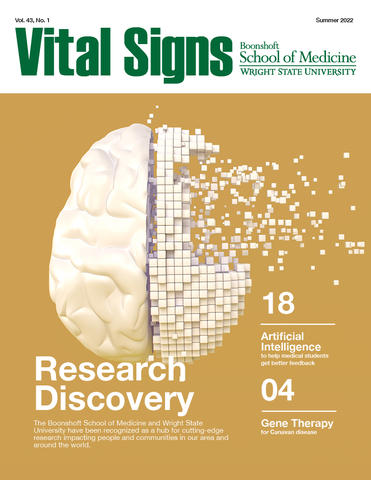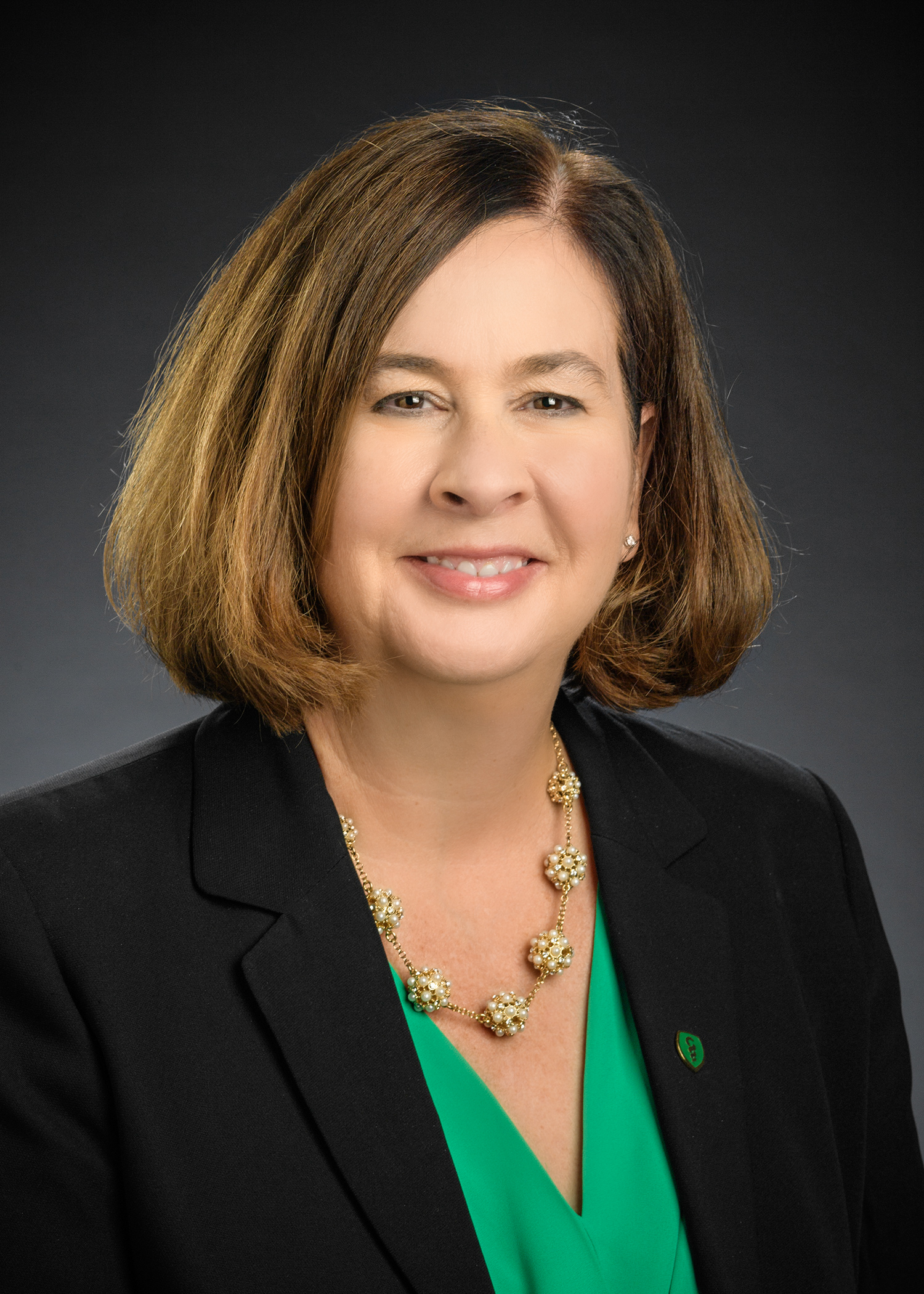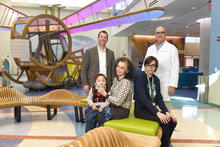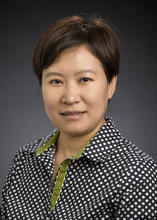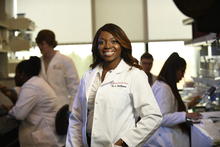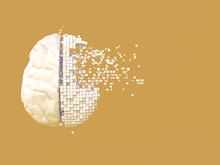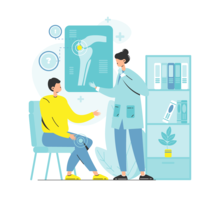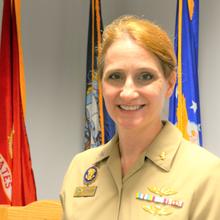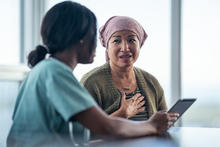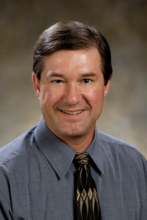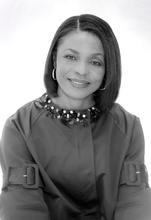The Boonshoft School of Medicine and Wright State University have been recognized as a hub for cutting-edge research impacting people and communities in our area and around the world.
Upon my arrival to the Boonshoft School of Medicine (BSOM) over a year ago, I developed a vision for the next decade by focusing on providing an even greater impact on the community and those we serve. Building upon our research infrastructure to yield increased medical discovery is one very important way BSOM can achieve that vision and improve the health and life of people in the Miami Valley and beyond. Research is also a primary pillar of BSOM’s overall strategic plan, and factors greatly into the direction of the school in the near and distant future.
Charles Kettering, one of Dayton’s entrepreneurial trailblazers from the last century, said, “research means that you don’t know, but are willing to find out.” Like the great generations of Dayton scientists whose work precedes us, our BSOM community engages in this activity every day and is making great strides in patient care and treatment of disease. In this issue of Vital Signs, I am proud to highlight some of these efforts.
We share a story about a professor in biochemistry building on her postdoctoral work with muscle disease by investigating the role of a protein deficiency in patients with Duchenne muscular dystrophy. Her research could affect the development of new therapies for patients with this disease and similar muscle-wasting conditions.
A nearly 20-year journey led a neurosurgeon to BSOM as a professor of internal medicine and neurology, bringing with him research leading to a first-in-human clinical trial for Canavan disease, a first for Dayton Children’s Hospital. Learn how this trial is affecting the quality of life for impacted children in the United States and abroad.
Improving health outcomes affects the overall health of our communities. Examining biases that may exist in health care, and their effect on health outcomes, is critical, and especially important for those in medical education to understand. Read how two BSOM OB/GYN professors and physicians collaborated with colleagues from medical schools across the country to research, create, and share best practice strategies for incorporating health equity into medical education.
Fewer than 15 percent of medical schools offer a research track in orthopedics, and BSOM is one of them. Learn how BSOM’s elective research residency program in orthopedics has significantly boosted research production and our national visibility. This program is producing excellent surgeons with an understanding of evidence-based medicine through research experiences. Read how students are also benefiting from the residents’ work.
We all understand that it’s not always what is said, but rather how, that matters. Several BSOM students discovered this when they learned the method of delivery of COVID-19 information, particularly to people for whom English is not their primary language, affected trust in the accuracy of the information. This research can help the medical community best share health information with refugees.
As BSOM enters its fifth decade, right now is an important time. Abraham Lincoln said, “The most reliable way to predict the future is to create it.” The people and work highlighted in this issue are helping BSOM create our future and attain strategic goals and, more importantly, fulfill the hope for a better future for those in our community and beyond.

